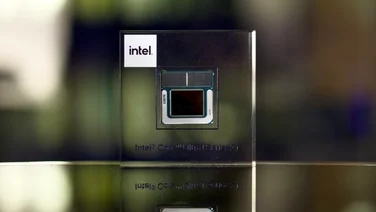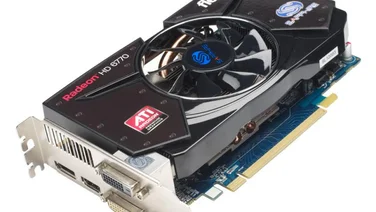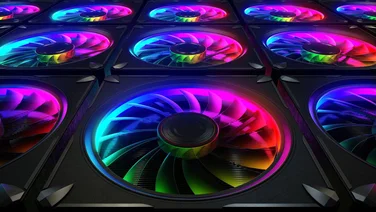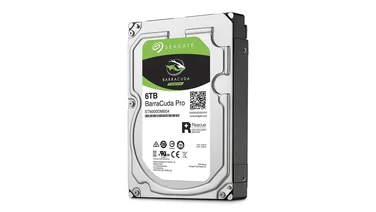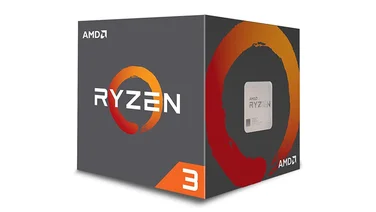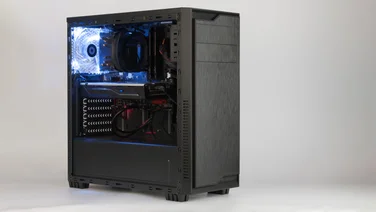To help us provide you with free impartial advice, we may earn a commission if you buy through links on our site. Learn more

The Intel Core i7-5960X is an eight-core multitasking powerhouse, and the zenith of Intel’s new Haswell-E range of high-performance enthusiast chips. The Core i7-5960X is designed for those who use applications specially engineered to make use of multiple cores, such as Adobe’s Premiere Pro and After Effects video production programs, and Steinberg’s Cubase and Nuendo music production packages, among others. Of course, the Core i7-5960X is also targeted at overclocking enthusiasts, and is unlocked for that very purpose.
One look at the Core i7-5960X’s specification, however, and you’re left with alternating feelings of excitement and indifference. On the one hand, the Core i7-5960X excites with its eight cores, 20MB of Level 3 cache and quad-channel DDR4 memory controller. On the other, its base clock speed of 3GHz and Turbo Boost clock speed of 3.5GHz fail to set our pulses racing.

This table shows the differencs between the X99 and X79 chipsets
The Core i7-5960X is a replacement for the Ivy Bridge-E Core i7-4960X, but you won’t be able to simply swap the Core i7-4960X for the Core i7-5960X, as the newer chip requires a newer version of the LGA2011 socket and the new X99 chipset. This means you’ll have to buy a new motherboard if you buy the Core i7-5960X. You’ll also have to buy new memory, as Haswell-E demands the use of DDR4 RAM.
X99-based motherboards use an LGA2011-3 processor socket, so although the Core i7-5960X is ostensibly an LGA2011 chip, the position of the notches has changed so that users can’t accidentally fit an older-generation processor. The LGA2011-3 socket was also needed to make full use of the new chipset’s features. Even though you’ll have to completely replace the core of your system if you want to upgrade to Haswell-E from an X79-based system, the use of the LGA2011-3 socket means you’ll be able to use your existing cooler, which will reduce cost and waste somewhat.
Unlike last-generation X79-based systems, new X99-based systems can provide up to 10 SATA3 ports, so you’ll no longer have to suffer SSDs working below their full potential. X79-based systems had to make do with a maximum six SATA ports, of which only two would be SATA3; motherboard manufacturers could add a second SATA3 controller if they wished, though.
Performance
As expected from its stock clock speeds, the Core i7-5960X’s single-core performance is disappointing, as was demonstrated by its score of 72 in the image editing segment of our application benchmarks. This pales in comparison to the Core i5-4670K, which scored 100 in the same test. This was to be the only disappointment, however, as the Core i7-5960X’s multicore performance is astonishing.
The Core i7-5960X scored 210 and 248 in the video-editing and multitasking segments of our benchmarks respectively, more than twice that of the Core i5-4670K, which scored 100 in each of those segments.
Even when you take account of its two-core advantage, the performance of the Core i7-5960X outshines that of the Ivy Bridge-E Core i7-4960X. The Core i7-4960X scored 145 in the multitasking segment of our benchmarks at its stock clock speeds compared to the Core i7-5960X’s 248. That gives the Core i7-5960X a performance-per-core score of 31 compared to the Core i7-4960X’s 24.2.
We’d only had a short time with the Core i7-5960X at the time of writing, and could only give it a cursory overclock on an air cooler. Even so, with an overclock of 4.3GHz applied, the Core i7-5960X scored 258 and 311 in the video-editing and multitasking segments of our benchmarks respectively, giving us an overall score of 253. Curiously, the single-core performance of the Core i7-5960X still proved disappointing, producing a score of 65 in the image-editing segment of our benchmarks, which is even lower than its score at stock clock speeds.
With our DDR4 memory running at 2,666MHz rather than 2,133MHz, the benchmark scores increased further, with video-editing and multitasking scores of 263 and 316 respectively, and an overall score of 256. Again, these are outstanding scores.
The Core i7-5960X is an expensive processor, and the need to upgrade your memory and motherboard means that upgrading to it will cost you over £1,000. The Core i7-5960X costs over four times the price of a Core i5-4670K, but according to our benchmark results you don’t get over four times the performance, especially if you’re only running a single-core application.

The Core i7-5960X’s die looks as exciting as its multiasking performance. Its eight cores make it the most powerful processor we’ve ever seen.
Even so, we can’t help but love the Core i7-5960X, especially its multitasking performance, which makes it ideal for use in video-editing and music production workstations running multicore-capable applications. We were unenthused by the Core i7-4960X because it wasn’t a significant improvement on the Core i7-3960X it replaced, but the performance increase of the Core i7-5960X and the extra features of the X99 chipset is a charismatic and powerful combination. The Core i7-5960X is the most powerful processor we’ve ever seen, with a wide gulf between it and the Core i7-4960X. At the time of writing we’ve only scratched the surface of the Core i7-5960X’s performance and we’ll update the review after further testing.
Whether or not you should buy the Core i7-5960X depends on your ability to justify the expense, as the Core i7-5960X isn’t good value. Most amateur video-editors and music producers would be just as well served by a much cheaper core i5-4670K or Core i7-4790K, but if you demand a lot from your machine, you want the best multitasking performance and your budget can stretch to it, you’ll love the Core i7-5960X.

